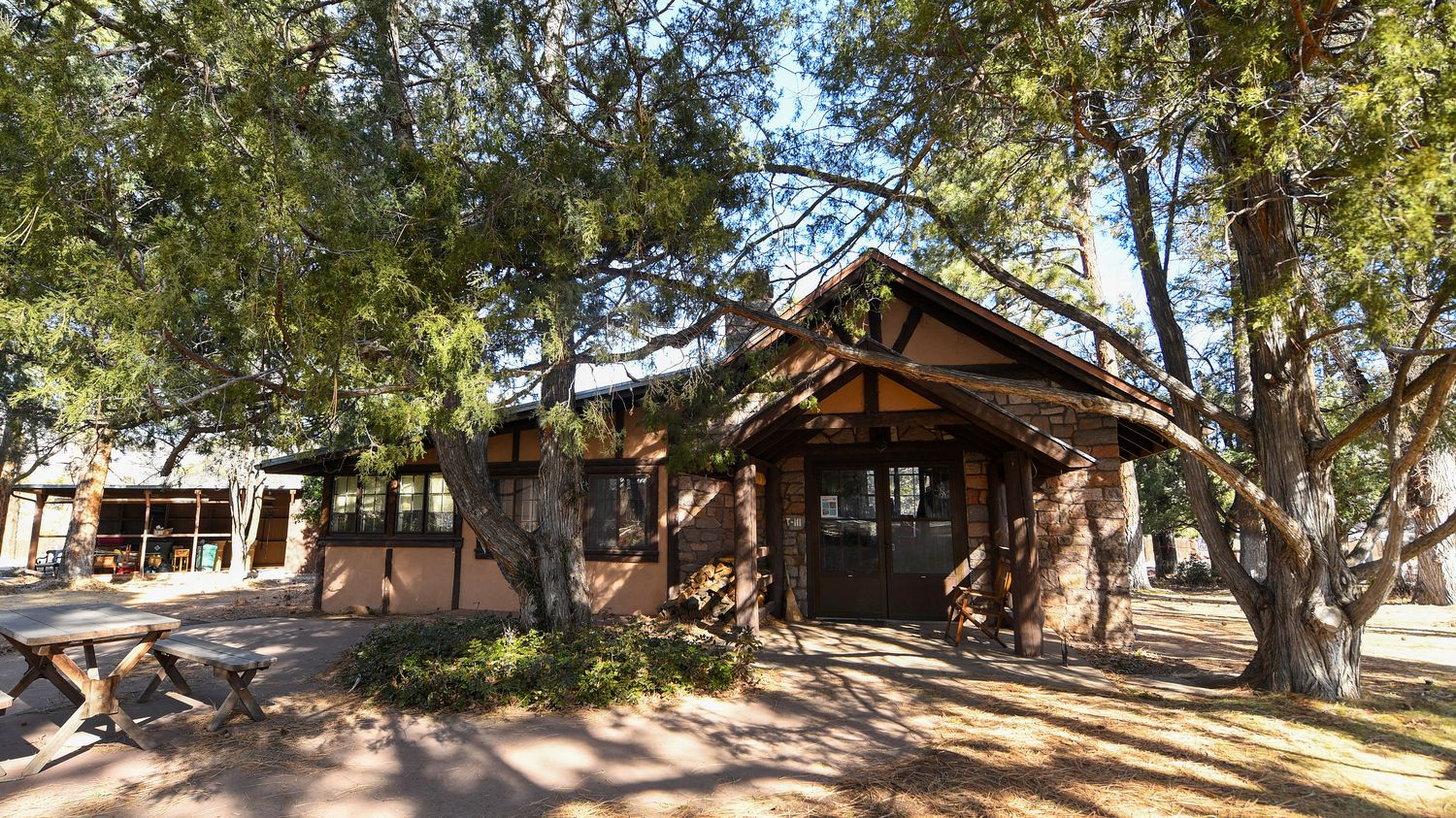The small town was built to house the laboratory of the father of the atomic bomb, Robert Oppenheimer, whose life the director chronicles in his Oscar-favorite film

Published
Reading time: 3 min

With its billion dollars in revenue, the film Oppenheimer not only lined the pockets of Hollywood studios: it also caused a small tourist boom in the mysterious town of Los Alamos.
Directed by Christopher Nolan, ultra-favorite for the Oscar for best film and nominated in 12 other categories, the feature film traces the life of the father of the atomic bomb.
Much of the action takes place in Los Alamos, a hastily built town in New Mexico to house a top secret laboratory, the idea of Robert Oppenheimer. The physicist was a lover of the great outdoors in this region of the southwest of the United States.
The number of visitors up 68%
Since the film’s release last July, tourists have become interested in sites such as the Oppenheimer House and the Fuller Lodge, where nuclear scientists held parties to celebrate their success in making the bomb.
Visitor numbers jumped 68 percent last year, according to city officials. “We started seeing a huge influx last spring, before the film even hit theaters,” says local historical society guide Kathy Anderson, who had to triple her number of daily tours. “If the film wins the Oscars, I think the interest will be even greater.”
But this success masks the complicated relationship of Los Alamos to its past and to the scientist, still affectionately nicknamed “Oppie” by some.
A difficult legacy to assume
The boom in tourism could help raise the $2 million needed to restore the century-old house where the Oppenheimers lived. A tired building in dire need of repairs. “Oppenheimer was known for his Martinis and for being a very welcoming host. Many historical events took place in these rooms,” says Nic Lewis, historian at Los Alamos National Laboratory.
But the destructive legacy of the atomic bombs manufactured in this city, where 15,000 scientists still work in the same nuclear laboratory, remains difficult to come to terms with. As the film shows, Oppenheimer himself became a vocal critic of nuclear proliferation during the Cold War.
After the annihilation of Hiroshima and Nagasaki, the scientist admitted to being “responsible for the destruction of a magnificent place“, according to American Prometheusthe book on which Nolan based his film.
“We are aware that this was a person who had flaws, who had made mistakes,” continues Nic Lewis. “He was very complicated. He was very thoughtful. I think Nolan portrayed that part of Oppenheimer very accurately.”
For the exterior scenes, a city recreated from scratch
Despite everything, the director’s decision to shoot many scenes in the very buildings of Los Alamos where they took place caused a real buzz in the city. The laboratory’s scientists were asked to take part, via an advertisement in the local newspaper. Fan of Nolan, astrophysicist Shane Fogerty had the opportunity to discuss nuclear fusion and the genesis of the Moon with stars Cillian Murphy and Robert Downey Jr, between takes.
“Chris (Nolan) had to remind everyone: ‘We are at work, please calm down. Let’s move on to the next take’“, says Shane Fogerty. An anecdote that he brings out regularly with the more and more tourists he meets lately.
With only 13,000 inhabitants, Los Alamos cultivated its rather discreet character. But now, “It’s harder to get a reservation at the few restaurants in town.”
To shoot the exterior scenes ofOppenheimer, Christopher Nolan had to recreate the town from scratch, an hour’s drive away, in a place called the Ghost Ranch: several wooden houses, offices, and security posts were built for the film. There is even a chapel, with the purple silhouette of the desert mountains in the background.
